Meningococcal Meningitis
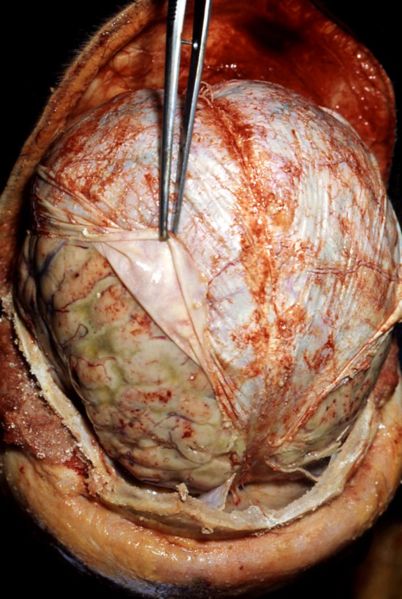
Meningitis is an inflammation of the coverings around the spinal cord and brain. It can be caused either virally or bacterially. Viral meningitis is a fairly common form and is not as much of a threat. It rarely causes the harsher symptoms. Bacterial meningitis is commonly caused by meningococcal bacteria. It is the more severe form of meningitis which needs to be treated immediately before it causes brain damage or death. When the infection enters the blood, the condition is known as septicaemia. This is dangerous because it can be easily spread throughout the entire body and most likely will.
According to Meningitis.org, “No other disease kills faster; a healthy person could die in hours. “
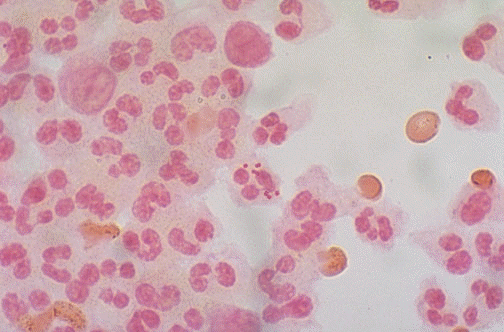
Meningitis bacteria
Symptoms
Symptoms of meningitis can differ depending on the age group it is referring to. In young adults and teens, the symptoms include fever and or vomiting, a stiff neck, seizures, difficulty to wake, rash anywhere on the body, and or severe headache. In children, older adults, or ones with a compromised immune system, the symptoms are refusal of eating (in babies), rashes, crying (in babies), rashes, coughing, trouble breathing, slight headache, and or fever.
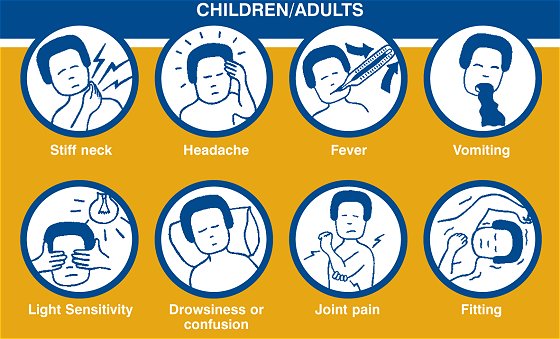 | 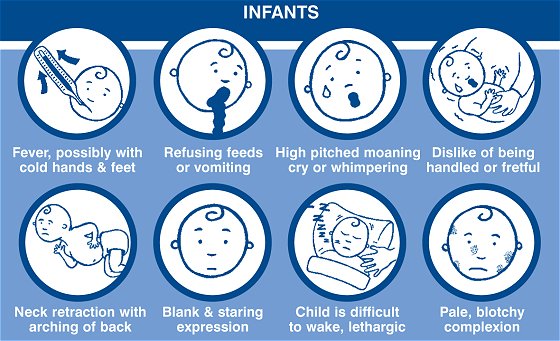 |
Treatment and Prevention
For bacterial meningitis, patients must stay in the hospital and are given a round of antibiotics. The patient is also kept on observation for possible side effects from the disease such as hearing loss.
Viral meningitis can be treated at home with plenty of fluids, rest, and aspirin.
Meningitis can be prevented through personal hygiene, vaccines, and awareness of areas with prominent meningitis outbreak.
The Effect of Global Warming on Meningitis
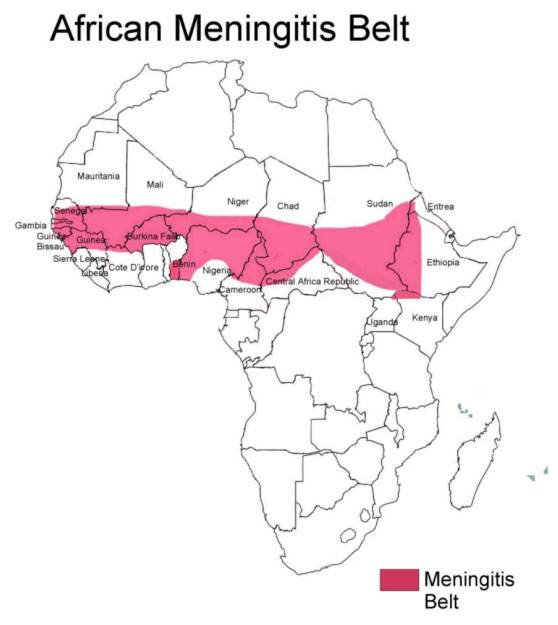
The meningitis epidemics that afflict sub-Saharan Africa offer a striking example of the links between climate and disease. This painful and potentially fatal illness tears through communities during the dry season. It subsides once the rainy season starts. Why? Much more dust blows around during dry spells than during rainfall. And the dust provides easy transportation for the bacteria that causes meningitis.
Sources for Meningitis Page:
http://www.webmd.com/a-to-z-guides/meningitis-topic-overview
http://www.co.monroe.mi.us/Monroe/uploadedImages/bacterial%20meningitis(1).gif
United Nations website